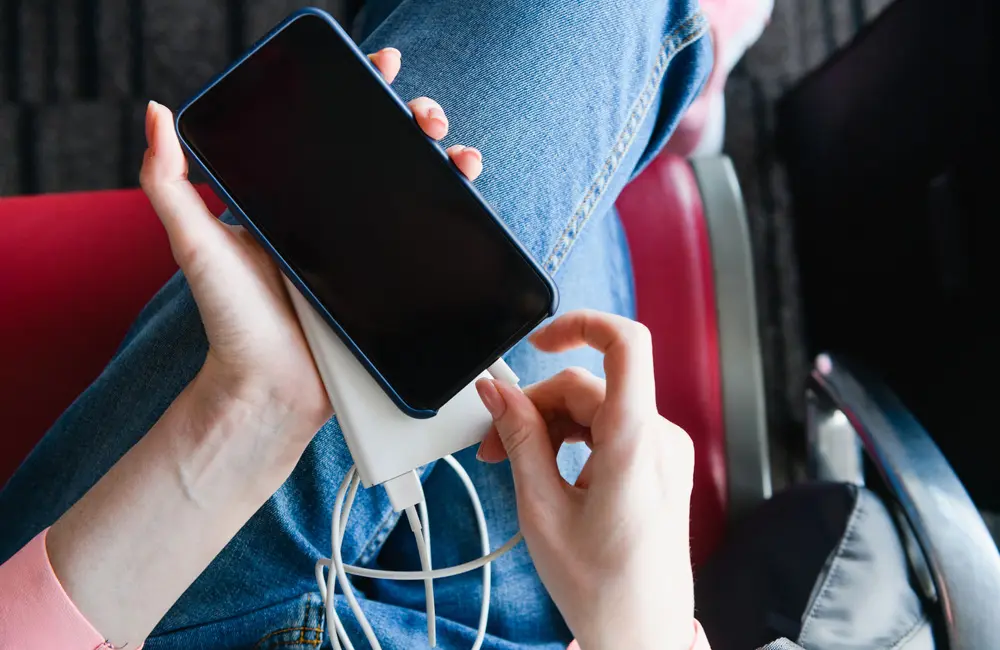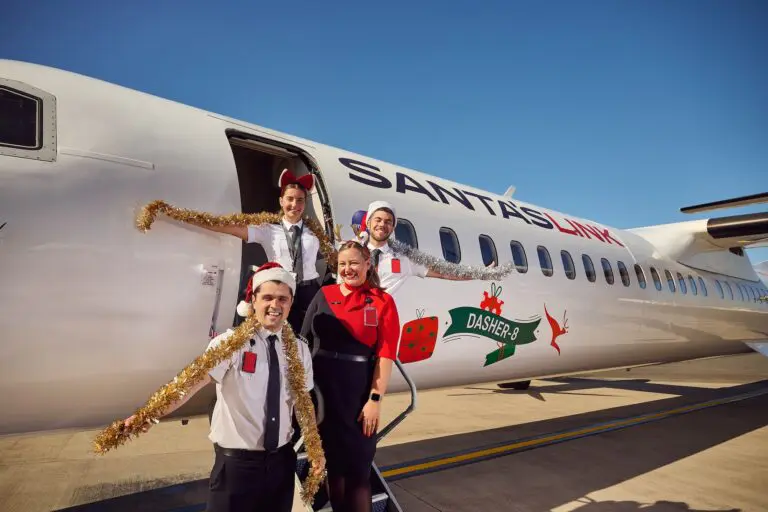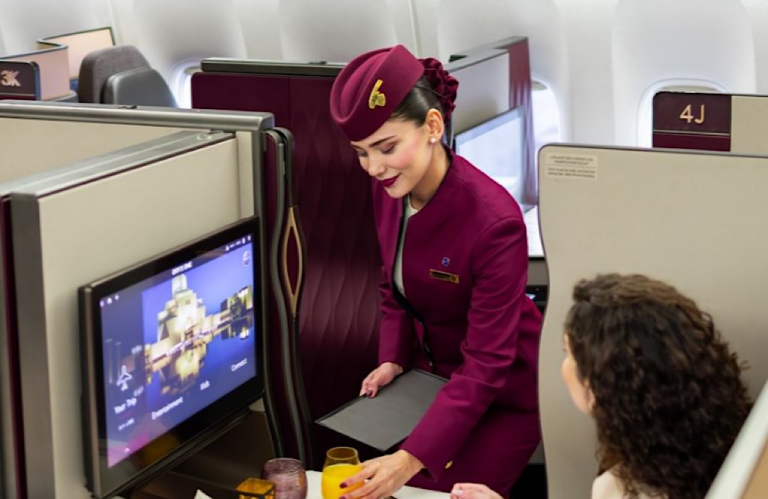With multiple international airlines updating onboard battery and power bank rules, flyers may be concerned and confused about staying connected amid changing inflight safety requirements.
Portable chargers and power banks have become a carry-on essential to keep devices charged for work or entertainment while travelling.
With changing safety policies, travellers are urged to be aware of new onboard battery and power bank rules and rely on other measures to stay connected inflight.
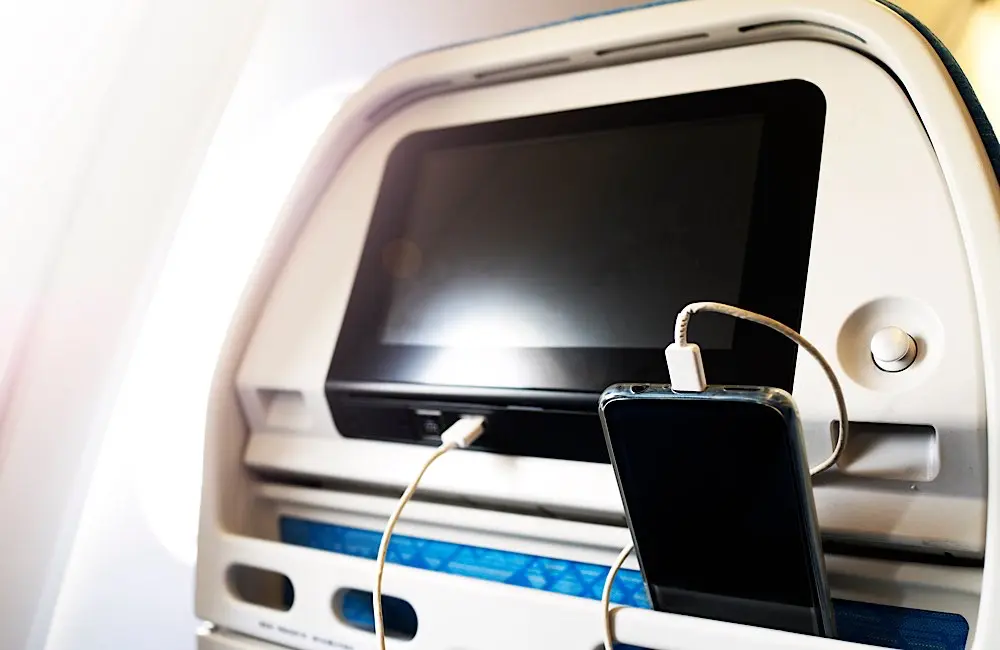
Global carriers, such as Etihad Airways, Singapore Airlines, Scoot, Cathay Pacific, AirAsia, Thai Airways, Korean Air, Asiana, EVA Air and China Airlines, all either restrict or ban the use of power banks and portable chargers on board.
Air Busan, Korean Air and Asiana also ban the storage of power banks in overhead compartments.
The ban is in response to several incidents of lithium battery or portable power banks igniting and causing mid-air fires – the most recent being aboard a Virgin Australia flight.
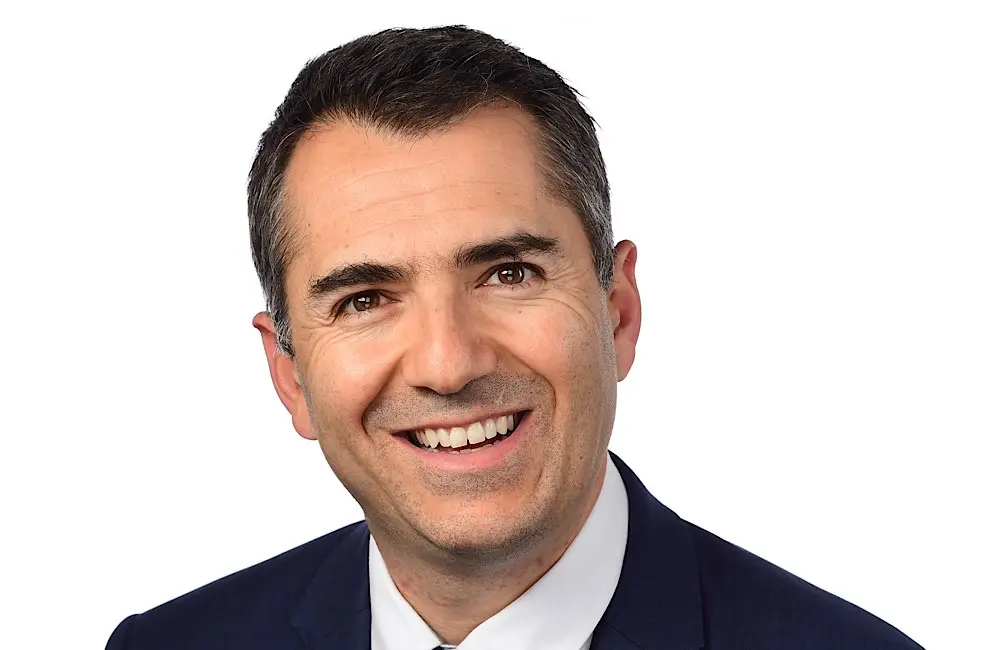
FCM Travel General Manager ANZ Renos Rologas said while safety is the priority, there are workarounds to stay charged and connected amid the new onboard battery and power bank rules, particularly on long-haul flights.
Rologas said it’s important to know your airline’s policy on battery charging before departure and ensure you board with fully charged devices and have any portable power banks and battery packs in your carry-on luggage.
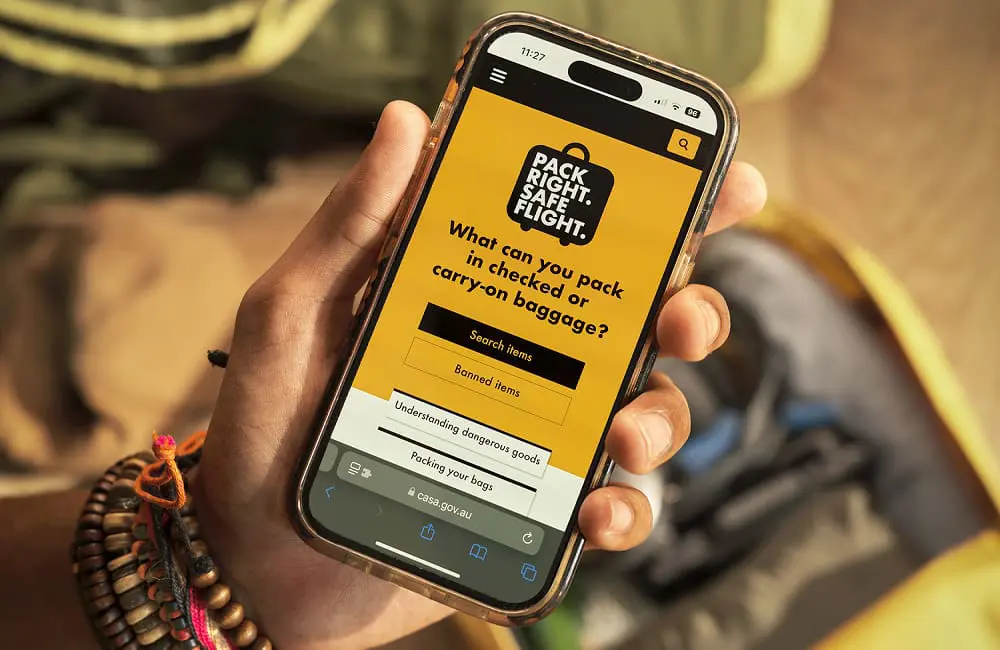
He also tipped using the supplied inflight entertainment to avoid draining your devices, packing a charging cord with a USB connection and considering swapping your laptop for a tablet for the flight duration.
“My biggest tip is to consider the best device for your journey – laptops are hard to charge on the go, and are a bulky, heavier option. I prefer to have a tablet in my carry-on that has similar functionalities to a laptop, but it’s easier to charge on board and travel with,” he said.


